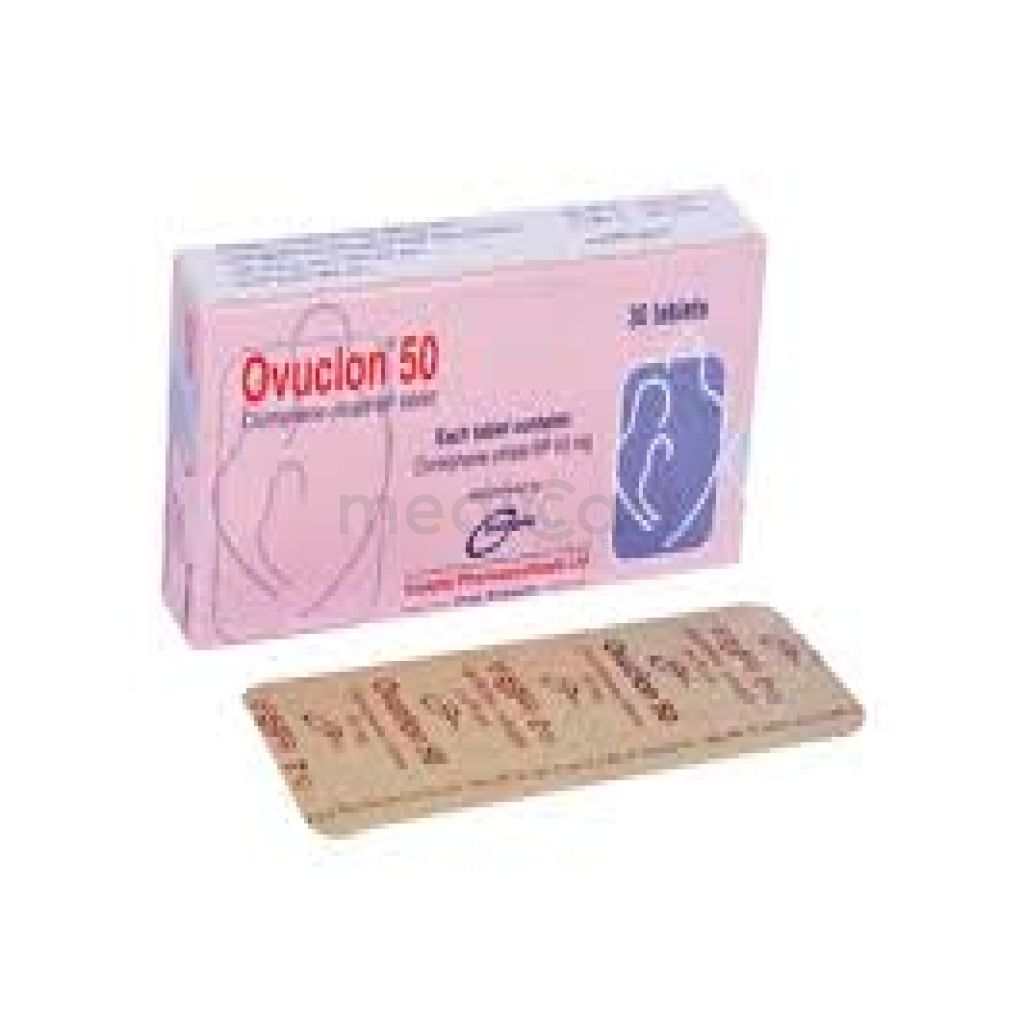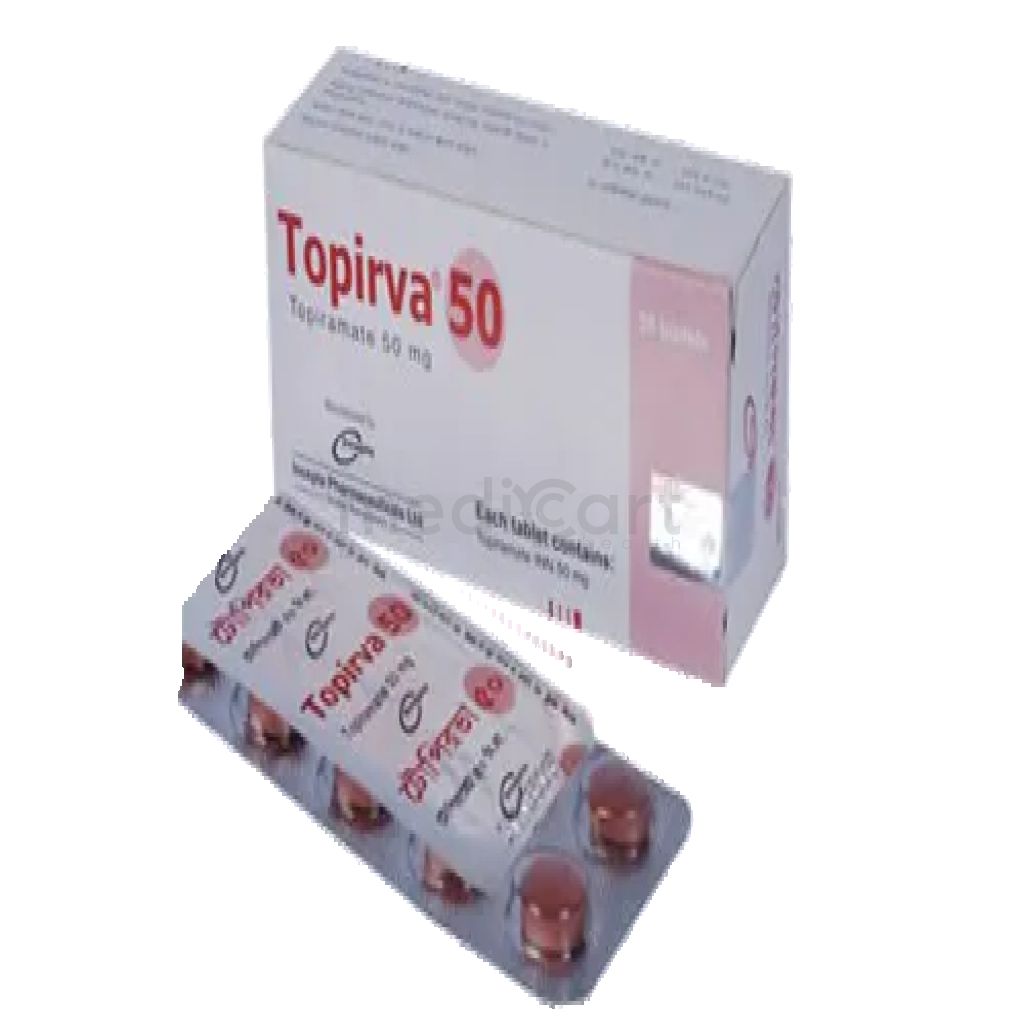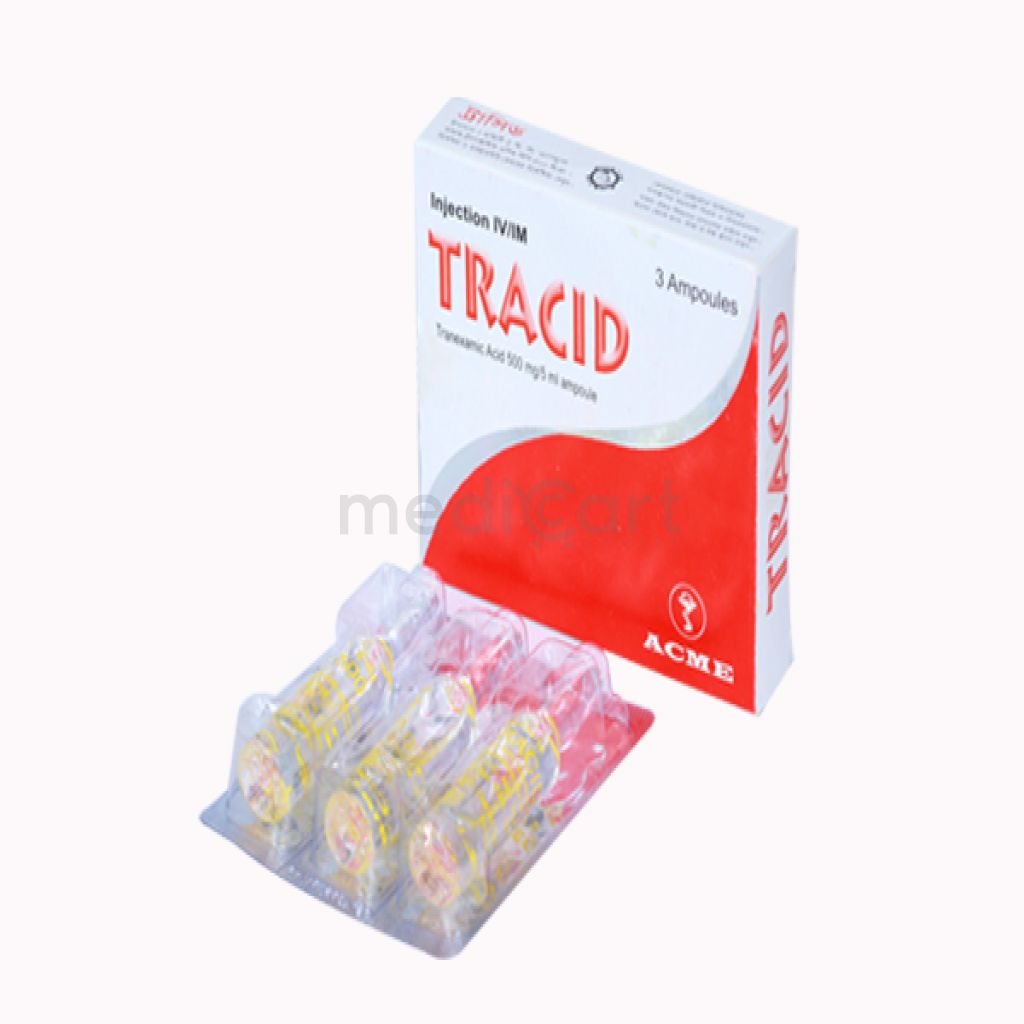

Ovulet 50 mg Tab. 50mg
Tablet
Pack Size :
10 Tablet x 1 Strip
Generics :
Clomiphene Citrate
Manufacturer :
Renata Limited
Best Price *
TK
1,000.00
* Delivery will be done in Dhaka city only.
More Information About - Ovulet 50 mg Tab. 50mg
Description
Generic Name
Clomiphene CitratePrecaution
Clomiphene citrate should be used with caution in the following conditions: longer maintenance therapy, with alcoholic drinks & antidepressants. Polycystic ovaries, evaluate presence of ovarian cyst before each cycle treatment. Uterine fibroids; visual disturbances may develop which will impair ability to drive or operate machinery. There is a minimal chance of multiple pregnancies, about which the patient should be warned. Lactation: It is not known whether clomiphene is excreted in human milk. Use with caution in nursing women. In some patients, clomiphene may reduce lactation.Indication
Ovulation induction, Female infertility, Polycystic ovary syndrome, Amenorrhea-galactorrhea syndrome, Psychogenic amenorrheaContra Indication
Clomiphene citrate is contraindicated during pregnancy, in patients with liver diseases, ovarian cysts, bleeding of undetermined origin, patients with neoplasm of endometrium, hypersensitivity; abnormal bleeding; lactation; uncontrolled thyroid or adrenal dysfunction, patient with an organic intracranial lesions such as pituitary tumor.Dose
N/ASide Effect
>10% Ovarian enlargement (14%),Vasomotor flushing (10%) 1-10% Abdominal discomfort (6%),Blurred vision (1.5%),Breast discomfort (2%),Nausea/vomiting (2%)Pregnancy Category
Name : Not Classified
Description
FDA has not yet classified the drug into a specified pregnancy category.Mode of Action
Clomifene inhibits the negative feedback mechanisms of oestrogens in the hypothalamus and pituitary which stimulates the secretion of pituitary gonadotrophic hormones resulting in stimulation of ovulation.Interaction
Decreased response with danazol.Pregnancy Category Note
Pregnancy Use in pregnant women is contraindicated, as treatment does not offer benefit in this population; to avoid inadvertent administration during early pregnancy, appropriate tests should be utilized during each treatment cycle to determine whether ovulation and/or pregnancy occurs; patients should be evaluated carefully to exclude ovarian enlargement or ovarian cyst formation between each treatment cycle; the next course of therapy should be delayed until these conditions have been excluded Available human data from epidemiologic studies do not show apparent cause and effect relationship between clomiphene citrate periconceptual exposure and an increased risk of overall birth defects, or any specific anomaly Lactation It is not known whether drug is excreted in human milk; because many drugs are excreted in human milk, caution should be exercised if drug is administered to a nursing woman; in some patients, therapy may reduce lactationAdult Dose
Oral Anovulatory infertility Adult: 50 mg daily for 5 days starting on the 5th day of menstrual cycle or at any time if there is amenorrhoea. If ovulation does not occur, a 2nd course of 100 mg for 5 days may be used commencing as early as 30 days after the previous therapy. Further treatment may not be recommended if pregnancy has not occurred after a total of 6 treatment cycles.Child Dose
N/ARenal Dose
N/AAdministration
May be taken with or without food.Disclaimer
The information provided herein are for informational purposes only and not intended to be a substitute for professional medical advice, diagnosis, or treatment. Please note that this information should not be treated as a replacement for physical medical consultation or advice. Great effort has been placed to provide accurate and comprehensive data. However, Medicart along with its authors and editors make no representations or warranties and specifically disclaim all liability for any medical information provided on the site. The absence of any information and/or warning to any drug shall not be considered and assumed as an implied assurance of the Company.







